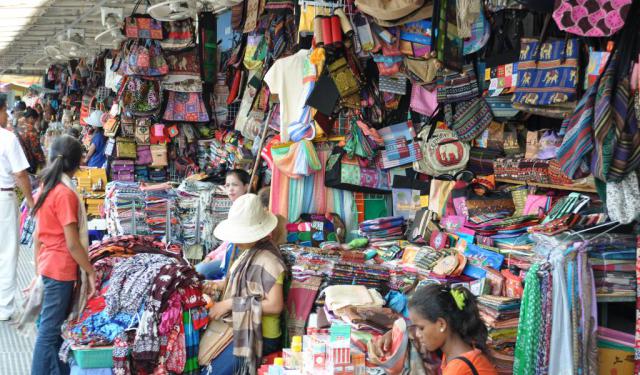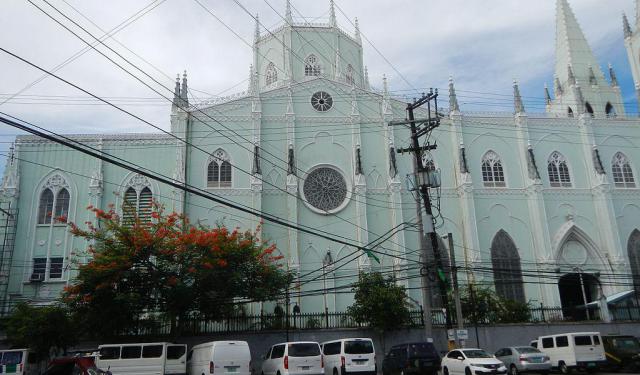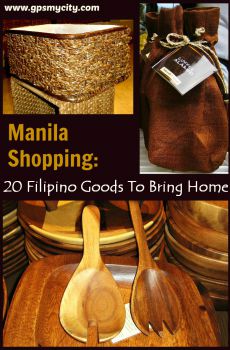El Hogar Filipino Building, Manila
The El Hogar Filipino Building also referred to as El Hogar, stands tall as one of Manila's early skyscrapers. Erected in 1914, this architectural gem was crafted by Ramon Irureta-Goyena and Francisco Perez-Muñoz, embracing the Beaux-Arts style with a blend of Neoclassical and Renaissance elements.
Originally a heartfelt gift from Antonio Melian y Pavia, the third Count of Peracamps, to his beloved Margarita Zóbel de Ayala, sister of Enrique Zóbel de Ayala, El Hogar Building was a testament to their union. In its prime, it accommodated the Sociedad El Hogar Filipino, a financial cooperative founded by Melian, and served as the headquarters for Smith Bell and Company.
Despite enduring the ravages of World War II and several seismic events, the El Hogar Building stands resilient, now one of only two surviving American-era structures along the Pasig River. Opposite Juan Luna Street lies another notable landmark, the Pacific Commercial Company Building, also known as the First National City Bank Building, erected in 1922.
The significance of the El Hogar Building lies not only in its architectural grandeur, representing the design ethos, materials, and construction techniques of the American period, but also as a testament to the business establishments of its time. It holds collective value as a pivotal structure within the historic Binondo district and Escolta Street, enriching the cultural tapestry of the Pasig River landscape.
Originally a heartfelt gift from Antonio Melian y Pavia, the third Count of Peracamps, to his beloved Margarita Zóbel de Ayala, sister of Enrique Zóbel de Ayala, El Hogar Building was a testament to their union. In its prime, it accommodated the Sociedad El Hogar Filipino, a financial cooperative founded by Melian, and served as the headquarters for Smith Bell and Company.
Despite enduring the ravages of World War II and several seismic events, the El Hogar Building stands resilient, now one of only two surviving American-era structures along the Pasig River. Opposite Juan Luna Street lies another notable landmark, the Pacific Commercial Company Building, also known as the First National City Bank Building, erected in 1922.
The significance of the El Hogar Building lies not only in its architectural grandeur, representing the design ethos, materials, and construction techniques of the American period, but also as a testament to the business establishments of its time. It holds collective value as a pivotal structure within the historic Binondo district and Escolta Street, enriching the cultural tapestry of the Pasig River landscape.
Want to visit this sight? Check out these Self-Guided Walking Tours in Manila. Alternatively, you can download the mobile app "GPSmyCity: Walks in 1K+ Cities" from Apple App Store or Google Play Store. The app turns your mobile device to a personal tour guide and it works offline, so no data plan is needed when traveling abroad.
El Hogar Filipino Building on Map
Sight Name: El Hogar Filipino Building
Sight Location: Manila, Philippines (See walking tours in Manila)
Sight Type: Attraction/Landmark
Guide(s) Containing This Sight:
Sight Location: Manila, Philippines (See walking tours in Manila)
Sight Type: Attraction/Landmark
Guide(s) Containing This Sight:
Walking Tours in Manila, Philippines
Create Your Own Walk in Manila
Creating your own self-guided walk in Manila is easy and fun. Choose the city attractions that you want to see and a walk route map will be created just for you. You can even set your hotel as the start point of the walk.
Historical Buildings Walking Tour
Manila’s long history results from its situation as a natural port in a huge bay. With the Spanish conquest of the Philippines in the 16th century, it became united, along with Mexico City and Madrid, into the first truly globalised trade system. Intramuros, Manila’s old walled Spanish town, stood for 350 years before World War II came, and still houses many of the historic buildings.
For a... view more
Tour Duration: 1 Hour(s)
Travel Distance: 2.5 Km or 1.6 Miles
For a... view more
Tour Duration: 1 Hour(s)
Travel Distance: 2.5 Km or 1.6 Miles
Manila Introduction Walking Tour
The capital of the Philippines, Manila was officially founded in 1571 by Spanish conquistador Miguel López de Legazpi. However, an organized polity, called Maynila (meaning "where indigo is found" in Tagalog), existed on the site since as early as 1258.
The earliest human life in the area dates to 3000 BCE, but much of the existing constructions found around the city were created... view more
Tour Duration: 2 Hour(s)
Travel Distance: 2.3 Km or 1.4 Miles
The earliest human life in the area dates to 3000 BCE, but much of the existing constructions found around the city were created... view more
Tour Duration: 2 Hour(s)
Travel Distance: 2.3 Km or 1.4 Miles
Traditional Markets
Traditional markets showcase a unique aspect of life in any city. The ones featured in this walk offer a glance into the authentic life and habits of Manila’s people and play a vital role in the Philippines' capital's economic and cultural landscape. Traditionally, local markets sell a broader range of products than regular shops can provide: from veggies and fruits to dried fish and... view more
Tour Duration: 1 Hour(s)
Travel Distance: 3.0 Km or 1.9 Miles
Tour Duration: 1 Hour(s)
Travel Distance: 3.0 Km or 1.9 Miles
Historical Churches Walking Tour
International surveys have repeatedly ranked Filipinos among the world’s most religious people. The archipelago’s colonization and evangelization by the Spanish, started in 1565, has left Manila with many shrines and churches sprawled around its streets, despite the destructions by wars and natural disasters. Some of these old churches are especially attractive due to their delicate mixture of... view more
Tour Duration: 2 Hour(s)
Travel Distance: 3.9 Km or 2.4 Miles
Tour Duration: 2 Hour(s)
Travel Distance: 3.9 Km or 2.4 Miles
Useful Travel Guides for Planning Your Trip
Manila Shopping: 20 Filipino Goods To Bring Home
An archipelago of 7,000+ islands, The Philippines is a diverse nation populated by different tribes, each having their own culture and traditions. In Manila, one can find a whole lot of things worth keeping as a Filipino memento; it just might take one a little while to figure out what's best...








